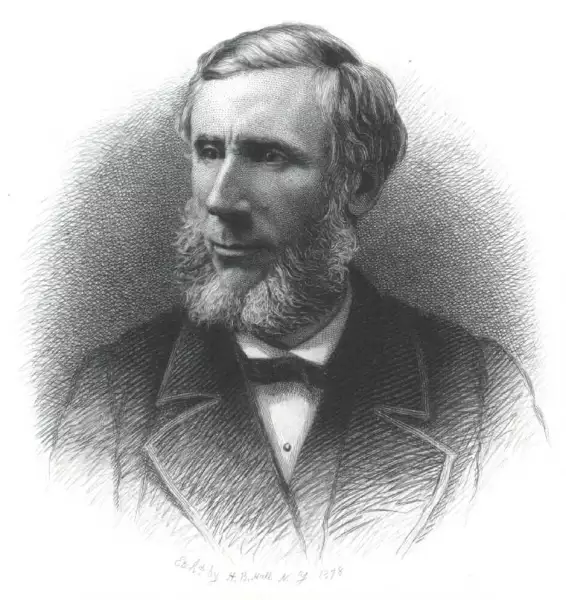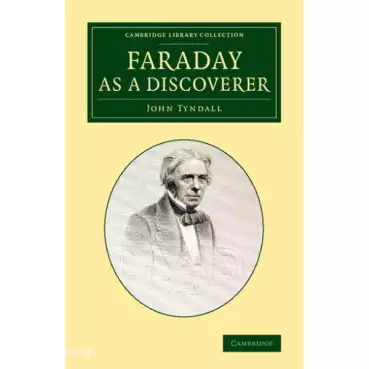
Timeline
Title
Country/Nationality
John Tyndall
John Tyndall was a prominent 19th-century Irish physicist. His scientific fame arose in the 1850s from his study of diamagnetism. Later he made discoveries in the realms of infrared radiation and the physical properties of air, proving the connection between atmospheric CO2 and what is now known as the greenhouse effect in 1859.
Tyndall was born in Leighlinbridge, County Carlow, Ireland. His father was a local police constable, descended from Gloucestershire emigrants who settled in southeast Ireland around 1670. Tyndall attended the local schools (Ballinabranna Primary School) in County Carlow until his late teens, and was probably an assistant teacher near the end of his time there. Subjects learned at school notably included technical drawing and mathematics with some applications of those subjects to land surveying. He was hired as a draftsman by the Ordnance Survey of Ireland in his late teens in 1839, and moved to work for the Ordnance Survey for Great Britain in 1842. In the decade of the 1840s, a railway-building boom was in progress, and Tyndall's land surveying experience was valuable and in demand by the railway companies. Between 1844 and 1847, he was lucratively employed in railway construction planning.
Tyndall did not marry until age 55. His bride, Louisa Hamilton, was the 30-year-old daughter of a member of parliament (Lord Claud Hamilton, M.P.). The following year, 1877, they built a summer chalet at Belalp in the Swiss Alps. Before getting married Tyndall had been living for many years in an upstairs apartment at the Royal Institution and continued living there after marriage until 1885 when a move was made to a house near Haslemere 45 miles southwest of London. The marriage was a happy one and without children. He retired from the Royal Institution at age 66 having complaints of ill health.
In his last years Tyndall often took chloral hydrate to treat his insomnia. When bedridden and ailing, he died from an accidental overdose of this drug in 1893 at the age of 73, and was buried at Haslemere. The overdose was administered by his wife Louisa. “My darling,” said Tyndall when he realized what had happened, “you have killed your John.”
Afterwards, Tyndall's wife took possession of his papers and assigned herself supervisor of an official biography of him. She procrastinated on the project, however, and it was still unfinished when she died in 1940 aged 95. The book eventually appeared in 1945, written by A. S. Eve and C. H. Creasey, whom Louisa Tyndall had authorised shortly before her death.
Books by John Tyndall

Faraday As A Discoverer
This is the first of two related Faraday projects. It is about Faraday and deals more with biographical references to Faraday, outlining the important junctures in his life. The second, On the Various Forces of Nature, consists of lectures by Faraday...